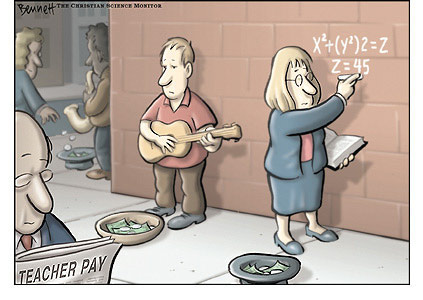
A New EPI report finds that the teacher pay penalty is bigger than ever. In 2015, public school teachers’ weekly wages were 17.0 percent lower than those of comparable workers—compared with just 1.8 percent lower in 1994. This erosion of relative teacher wages has fallen more heavily on experienced teachers than on entry-level teachers. Importantly, collective bargaining can help to abate this teacher wage penalty. Some of the increase in the teacher wage penalty may be attributed to a trade-off between wages and benefits. Even so, teachers’ compensation (wages plus benefits) was 11.1 percent lower than that of comparable workers in 2015. Why this matters: An effective teacher is the most important school-based determinant of education outcomes. It is therefore crucial that school districts recruit and retain high-quality teachers. This is particularly difficult at a time when the supply of teachers is constrained by high turnover rates, annual retirements of longtime teachers, and a decline in students opting for a teaching career—and when demand for teachers is rising due to rigorous national student performance standards and many locales’ mandates to shrink class sizes. In light of these challenges, providing adequate wages and benefits is a crucial tool for attracting and keeping the teachers America’s children need.
Read rest here
